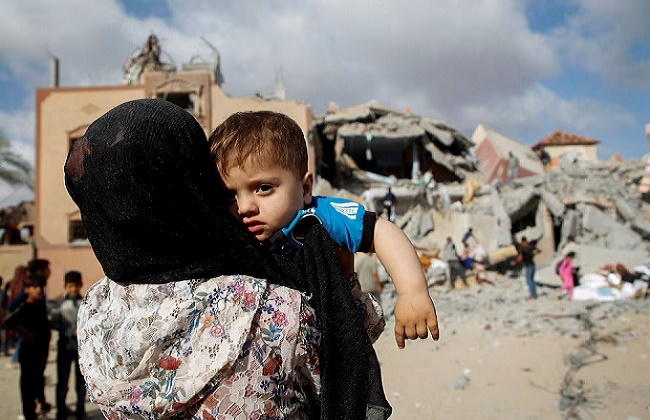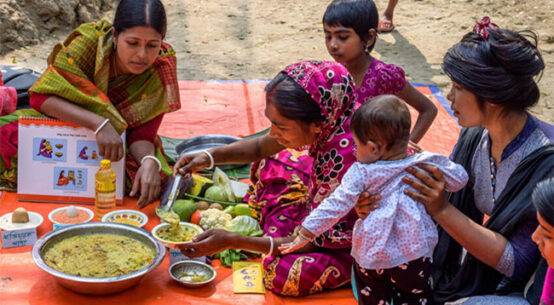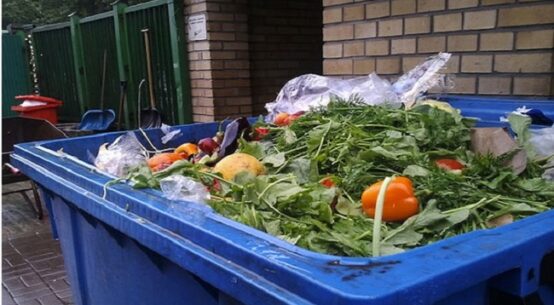
As the humanitarian crisis in Gaza continues, so does the spread of illness among Palestinian children. Already facing widespread malnutrition, starvation, dehydration, and unhygienic living conditions, hundreds of thousands of children in Gaza face the risk of contracting a multitude of diseases.
Repeated orders of evacuation in the Gaza strip as well as the continual obstruction of humanitarian aid exacerbate the spread of disease in millions of Palestinian children, who already face compromised health as a result of poor sanitation, malnutrition, and a lack of access to healthcare.
The briefing held on August 23, 2024, detailed alarming new cases of polio among children in Gaza as well as the current actions being taken by the United Nations in an effort to mitigate the spread.
“Turning to the polio situation in Gaza—as you will have seen, WHO (the World Food Programme) confirmed yesterday that a 10-month-old baby in Deir al Balah has polio. It’s the first case in 25 years,” stated the spokesperson for the Secretary-General, Stéphane Dujarric.
Additional cases have been detected in wastewater samples from Gaza refugee camps.
Polio, once thought to be eradicated in the modern world, has been re-emerging in areas with low-immunization rates. It is highly infectious and mainly targets young children, usually under 6 years old. Symptoms include disfigurement, paralysis, and death.
Dujarric added that UN organizations such as WHO, the United Nations Relief and Works Agency for Palestine Refugees (UNRWA), and the United Nations Children’s Fund (UNICEF) are currently preparing two rounds of polio vaccines to be distributed in the coming weeks.
It is important to note that the spread of polio is facilitated by the highly unsanitary living conditions in Gaza. Hundreds of thousands of Palestinian children are currently facing severe shortages in water, which leads to an increase in the spread of waterborne diseases as well as compromised hygiene.
UNICEF states, “The Gaza Strip has long suffered severe water problems, and the situation is now beyond dire. As a result of over-pumping and seawater seepage, less than five percent of the water drawn from the aquifer is estimated to be fit for human consumption.”
It is estimated that at the time of publication, approximately 98 percent of Gaza’s entire water supply is unfit for human consumption. The use of contaminated water in Gaza has led to a significant increase in waterborne diseases, respiratory infections, and skin conditions.
The ramifications of these harsh living conditions are not only limited to polio, as health issues such as dysentery, diarrhea, pneumonia, jaundice, lice, and scabies have become widespread.
Dr. Hanan Balkhy, the WHO director for the eastern Mediterranean region, told the media that the Gaza Strip, “where garbage and sewage fill the streets,” causes respiratory complications, diarrheal illnesses, and acute jaundice to run rampant.
Furthermore, hepatitis A continues to be a major issue, as approximately 40,000 people have been infected since the war began in late 2023. Additionally, health officials fear that Gaza will soon face outbreaks of cholera and leishmaniasis, both of which can be fatal.
The ongoing hunger crisis in Gaza significantly increases the likelihood of mortality from contracting these diseases. WHO states, “a healthy body can more easily fight off these diseases, a wasted and weakened body will struggle. Hunger weakens the body’s defenses and opens the door to disease.”.
Furthermore, WHO adds that malnutrition and starvation, when coupled with the symptoms of infectious diseases, can have severe life-long consequences such as stunted growth and impaired cognitive development.
Additionally, high levels of displacement have led to severe overcrowding in refugee camps in the Gaza strip. This creates the perfect breeding ground for the transfer of infectious disease.
WHO states, “Over 1.9 million people have been displaced from their homes, of whom over 1.4 million are staying in overcrowded shelters. These conditions are ripe for a continued rise in infectious diseases. In Gaza today, on average, there is only one shower for every 4500 people and one toilet for every 220. Clean water remains scarce and there are rising levels of outdoor defecation. These conditions make the spread of infectious diseases inevitable.”
Currently, the UN is prioritizing efforts to build new latrines and water lines, repair the waste management system, and recalibrate desalination plants. However, constant bombardment and military conflict impede these critical processes.
Dujarric states that UN agencies have corresponded with both Israel and Palestine for a humanitarian pause in warfare to allow for healthcare workers to access struggling children in Gaza.
UN Secretary-General António Guterres states that for the health crisis in Gaza to be effectively mitigated, it is crucial to maintain a constant flow of vaccines and equipment to Gaza. Additionally, adequate fuel, increased donations, and stable communications are essential.
Oritro Karim is a recent graduate from Rochester Institute of Technology and a working illustrator, graphic designer, painter, and writer.


